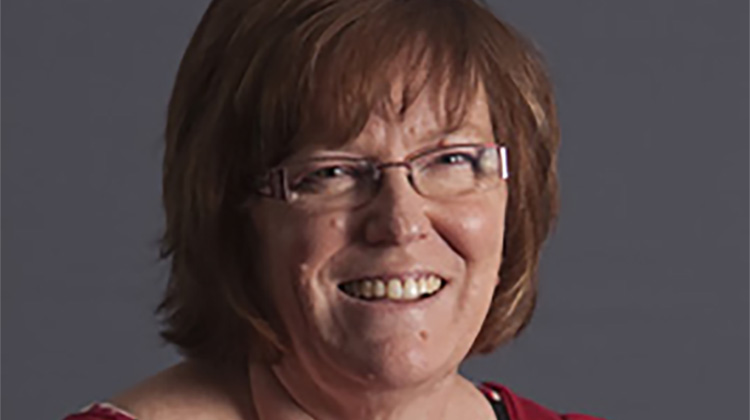History and Spelling: How Understanding the Origins of a Word can Improve Students’ Spelling

Do you remember being taught to spell at school? You probably remember the Friday spelling test, or having to write out your misspelled words over and over. Some may remember having to Look, Cover, Write and Check – a memory strategy that assumes that spelling is simply a visual skill and just learning to look closely at words will make you a better speller. Or perhaps you recall having to sound out words, even ‘stretching’ the sounds as you wrote – a strategy that suggests that good listening is the key to good spelling.
But was that really ‘teaching’? And are we just falling back on our own memories of spelling at school when we search for the best ways to teach our children to spell.
Although the sight and sounds of words are components of learning to spell, these strategies alone will not make our children good spellers. In fact, if those are the only strategies our children have, they will more than likely develop into poor to mediocre spellers. And that is because they are missing two crucial tools for good spelling: the word’s history and its meaning. Etymology (the study of the origin of words) and morphology (the meaningful parts of words) are foundational to understanding why words are spelled the way they are.
The history of words
The word ‘etymology’ comes from Greek, and it means the ‘study of the reason’. Etymology is the answer to why a word is spelled like it is. It is most often explored in the upper grades of primary school or high school and is seen as a bit of fun, a sideline dip into the history of words and reserved for the clever kids who need a bit of extension.
But etymology should be the beginning of spelling work with students of all ages and abilities – not the end. If each word is a tapestry, then etymology is the background canvas through which all the other threads run.
Etymology explains the silent ‘h’ in what and tell us that the ‘ian’ on the end of magician is not a random letter pattern but a suffix that changes the object (magic) into a person (magician). It tells us why there is ‘y’ not an ‘i’ in cycle and educates us on the different spelling reform attempts through the ages that have given us certain conventions like the silent ‘e’.
It is rare for a word to be made up from nowhere at all. Even new technology looks to the past when naming new inventions. ‘Phishing’, the fraudulent act of trying to obtain people’s online passwords and information, takes its name from the everyday sense of fishing; that is, dangling bait and waiting for it to be taken. But the word in this technological context has been given something of a scientific boost by the use of the classic Greek representation of the ‘f’ sound with ‘ph’.
‘Bluetooth’ technology, designed to connect different devices, is named for the tenth-century king of Denmark, King Harald Bluetooth, who successfully united the Scandinavian countries of Denmark and Norway.
Storytelling about how words have come to be spelled the way they are, and explicitly teaching the system behind words, helps children to connect the word and its spelling to other information in their brains.
Finding meaning through morphology
Morphology is the study of morphemes in words. Morphemes are the parts of the word that carry meaning, for example, birds has two morphemes: ‘bird’ and ‘s’. ‘Bird’ is obviously meaningful, but the ‘s’ is meaningful as well because it tells us that there is more than one bird.
Understanding morphology improves spelling, increases vocabulary and it teaches us about the underlying concept the word represents. Examples of morphology can be seen in the word ‘teen’ which means add 10, as in sixteen, and ‘ty’ means multiply by 10, as in sixty.
Unpacking the morphemes in a word is key to getting the spelling of the word right because English morphemes are quite regular, remaining consistent in their spelling even when their sound – or phonology – changes.
Consider the word jumped: if we relied on the sounds we hear, we are likely to spell it ‘jumt’, but if we think about the morphemes in jumped, we find ‘jump’ and ‘ed’. With ‘jump’ we can now hear the ‘p’ that had previously disappeared. And ‘ed’ tells us that the action happened in the past.
Morphemes are much more useful than syllables as an aid to spelling. Syllables are simply sound units, and breaking words into syllables renders the meanings of words invisible and therefore harder to learn. The two very useful morphemes in ‘magician’ simply disappear into abstract and unhelpful sound units when the word is broken into syllables: ma –gi – cian.
If we want our children to be better spellers, it’s critical that etymology and morphology join phonology on the starting block for teaching spelling - and are not just a special investigation reserved for advanced students. Not only is it an important base knowledge for becoming a good speller, but it is fun - much more fun than writing out words over and over. And like all learning, the more fun, interesting, and engaging the topic, the more likely the learning is to stay with you over the long term.
Misty Adoniou is an Associate Professor in Language and Literacy and is the author of Spelling It Out, a book that encourages children and adults to nurture a curiosity about words, discover their history and, in so doing, understand the logic behind the way they are spelled.